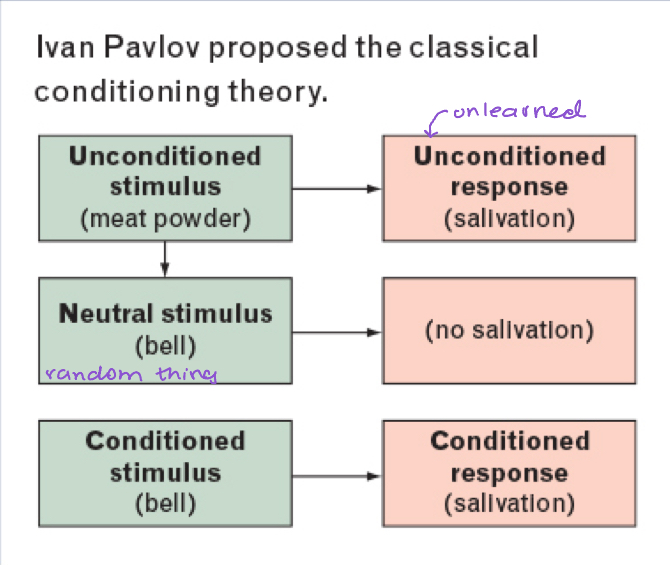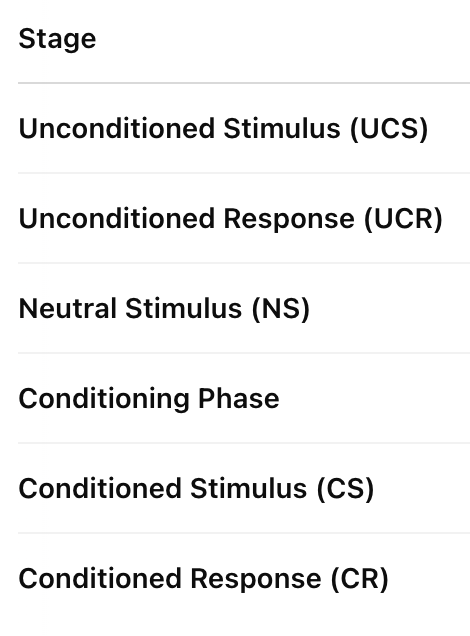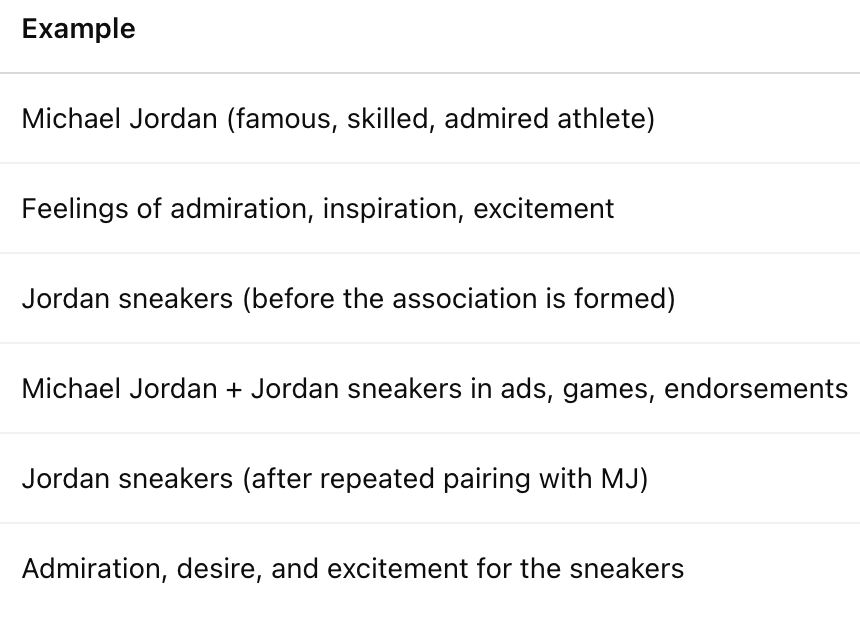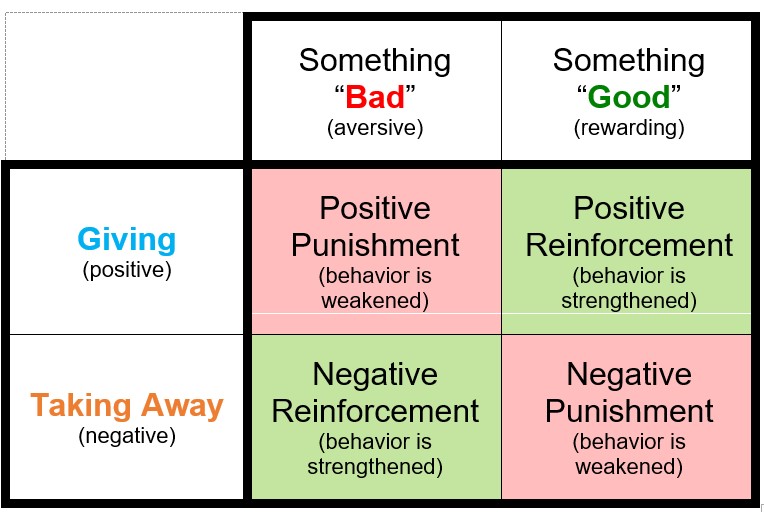Ch 7: Attitudes, Beliefs, and Consistency
1/42
Earn XP
Description and Tags
Flashcards covering key vocabulary from the lecture on attitudes, beliefs, and consistency in social psychology.
Name | Mastery | Learn | Test | Matching | Spaced |
|---|
No study sessions yet.
43 Terms
Attitude
A global evaluation toward some object or issue.
Example of an attitude
I don’t like cold weather
Belief
Pieces of information about something.
Example of a belief
Cold weather makes me sick
Why do people have attitudes?
Sort things into good or bad
Helps make decisions faster
Cognitive miser
Spending less time actively thinking
Cognitive Dissonance Theory
A theory stating that inconsistencies produce psychological discomfort, prompting individuals to rationalize behavior or change attitudes.
When your beliefs are opposite from your actions
Rationalizing Behavior
Actively thinking about our action and finding reasons why we act that way
Rationalizing Behavior example
Yeah, smoking is bad, but it helps me relax and reduces my stress, which is also bad for my health.
Change attitudes example
Quitting smoking or realizing that they need help
Mere Exposure Effect
The tendency to come to like things simply because they are encountered repeatedly.
If we have a neutral or good reaction to something we begin to like it more
If we have a negative reaction to something we begin to dislike it more
Embodied attitudes
Bodily movements shape people’s attitudes
Example of embodied attitudes 🧘♀
Half smile in yoga makes you feel better
Classical conditioning
Learning in which, through repeated pairings, a neutral stimulus comes to evoke a conditioned response


Example of classical conditioning (Jordans)

Dual Attitudes
Different evaluations of the same attitude object held by the same person, often one being deliberate and the other automatic.
Dual attitude example (tech)
Positive: A person might love the convenience of smartphones and the ability to stay connected to the world.
Negative: However, they may also feel frustrated with how technology makes people more distracted and less present in face-to-face interactions.
Deliberate attitudes
Aka explicit attitudes
Consciously choosing
Deliberate attitude example
Choosing to not lock the door because nothing is going to happen is a racial miority is near by
Cultural diversity is valuable
Automatic attitudes
Aka implicit attitudes
Very fast
Gut-like response
Automatic attitude example
Locking the doors while driving by a racial minority
Associate people from that culture with certain stereotypes
Operant Conditioning
Learning in which people are more likely to repeat behaviors that have been rewarded and less likely to repeat behaviors that have been punished.

Reinforcement
Positive: Add a pleasant stimulus
Giving a child a cookie for completing their homework
Negative: Remove an unpleasant stimulus
Taking an aspirin to relieve a headache, so you keep using it.
Increases a behavior
Punishment
Positive: Add an unpleasant stimulus
Scolding a dog for barking loudly.
Negative: Remove a pleasant stimulus
Taking away a teenager's phone for breaking curfew
Decreases behavior
Social learning
learning which occurs when people are more likely to imitate behaviors if they have seen others rewarded for them
Attitude Polarization
The phenomenon where people’s attitudes become more extreme as they reflect on them.
Attitude polarization example (parenting)
A parent who leans slightly toward natural parenting reads blogs that support that style. Their views become more extreme, rejecting any modern medicine or structured approaches.
Effort Justification
The tendency to convince oneself that suffering, hard work, or sacrifice is worthwhile.
Immigrants with their children
Post-decision Dissonance
Cognitive dissonance experienced after making a difficult choice.
Post-decision dissonance example (cars)
You choose a red car over a blue one. Later, you start to wonder, “What if the blue one had better features?” To ease that tension, you tell yourself, “The red one has better mileage anyway — I definitely made the right choice.”
How does the automatic and the deliberate systems help with consistency?
Automatic: learns to detect inconsistencies and send out alarm signals (distress, arousal)
Ex. Feeling discomfort about a race
Deliberate: steps in and finds some resolution to the inconsistency by thinking about how to rationalize or rethink things. Overrides the inconsistency.
Ex. ______ is why I avoid them, or they are not all the same
Belief Perseverance
The tendency for beliefs to remain unchanged even when the information on which they are based is discredited.
Belief vs Doubt
Automatic (if you understand and believe it)
Controlled and conscious thought (adding a but to the belief)
Self-Validation Theory
The theory that our thoughts become more consequential as the perceived validity of those thoughts increases.
The more we believe our own thoughts are correct or valid, the more influence those thoughts have on how we feel and what we do.
Self validation theory example (mess up)
You have a thought: “I’m probably going to mess this up.”
If you strongly believe that thought (you think it’s valid and true), you’ll probably feel more anxious, perform worse, and avoid future speaking opportunities.
If you don’t believe that thought or you challenge it (“Wait, I’ve done well before — I’m just nervous”), then it won’t affect your confidence as much, and you’ll likely perform better.
Accessibility of Attitudes
How easily an attitude comes to mind when making decisions or evaluations.
Cognitive Coping
The concept that beliefs play a central role in helping people cope with and recover from misfortunes.
Downward comparison
it was bad but could have been worse
Upward comparison
It could have been better
Does not help recover
Assumptive Worlds
Social worlds based on certain beliefs about reality such as the belief that the world is benevolent and just.
Assumptive worlds example
“The world is fair.”
We assume good things happen to good people and bad things happen to bad people.
Example: After someone is kind and generous but gets seriously hurt in an accident, this assumption may be shaken — “Why did something so awful happen to someone so good?”
Religious Belief
Beliefs that can help people cope with stress and promote effective coping strategies.
Irrational Beliefs
Beliefs that lack a rational basis and can negatively impact mental health.